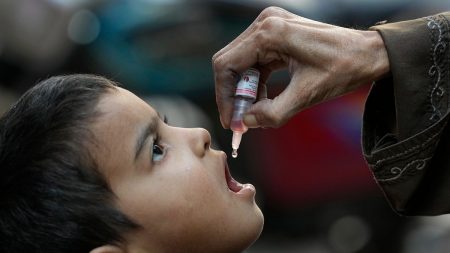A recent large-scale study highlights the concerning links between endometriosis, uterine fibroids, and increased risks of early mortality from gynecological cancers. Endometriosis is a debilitating condition impacting roughly 10% of women of reproductive age, where tissue resembling the uterine lining grows outside the uterus, while uterine fibroids are non-cancerous tumors that affect about two-thirds of women at some point in their lives. With women often experiencing significant delays in receiving a diagnosis for endometriosis, these conditions are not just relevant for fertility and quality of life but are emerging as critical factors in women’s long-term health outcomes, particularly relating to death before the age of 70.
The study involved more than 110,000 women aged 25 to 42, tracked over three decades through the Nurses’ Health Study II, which primarily investigates chronic disease risk factors among women. Researchers found that women with diagnosed endometriosis had an all-cause mortality rate significantly higher than those without the condition. Specifically, those with endometriosis had a death rate of 2 per 1,000 person-years compared to 1.4 for their counterparts, suggesting a 31% increased risk of premature death, predominantly driven by gynecological cancer mortality. The findings emphasize the importance of recognizing endometriosis not merely as a reproductive issue but as a significant health risk that could have life-threatening implications.
While uterine fibroids showed no direct link to overall early mortality, they did correlate with elevated mortality risks due to gynecological cancers. Researchers concluded that there is a long-term risk of premature mortality associated with both endometriosis and fibroids beyond reproductive years. These observations raise critical points for healthcare providers, urging them to consider the broader implications of these conditions on women’s health and mortality. The study’s authors indicated that awareness of potential long-term health risks associated with these conditions could lead to improved management and preventive care for affected women.
The research was observational, which means it could identify correlations between these health conditions and premature mortality but could not establish definitive causal relationships. Prior literature has noted associations between endometriosis and fibroids with chronic diseases such as hypertension, heart disease, and various cancers; however, their direct impact on early mortality had not been extensively examined until now. The well-reputed methodology of the Nurses’ Health Study II lends authority and reliability to the analysis, suggesting that the findings could be influential in shaping future research and clinical practices.
Medical experts, including Francisco Carmona, a gynecologist with expertise in endometriosis, commended the study for its robust and comprehensive nature. He emphasized the necessity of considering gynecological diseases like endometriosis and fibroids in a broader context, advocating for a holistic approach to women’s health that encompasses early and personalized management strategies. The study underscores the potential implications for clinical practice, suggesting that healthcare policy should evolve to better address these conditions and their associated risks.
As the medical community progresses toward more comprehensive understandings, future research should explore the impacts of evolving diagnoses and the effects of surgical interventions, such as ovary removal. These variables could further elucidate the relationships between gynecological disorders and long-term health outcomes. Overall, the critical insights gained from this study may serve as a springboard for new dialogues surrounding women’s health, ultimately aiming to mitigate the risks and improve care for women diagnosed with endometriosis and fibroids.














